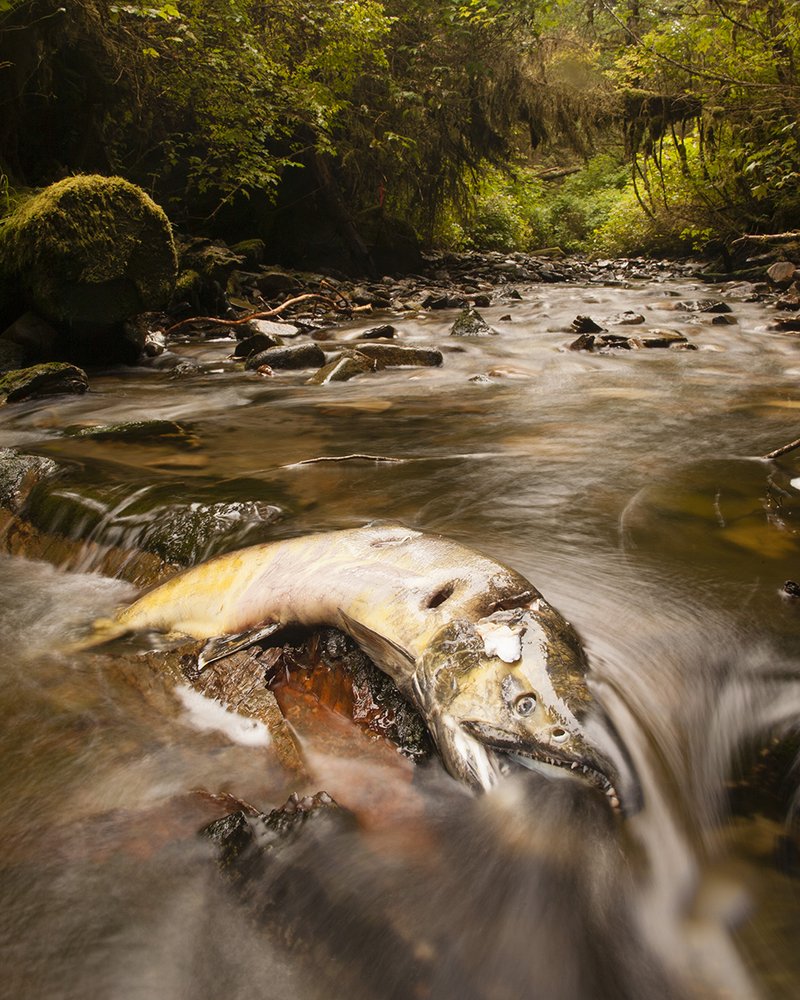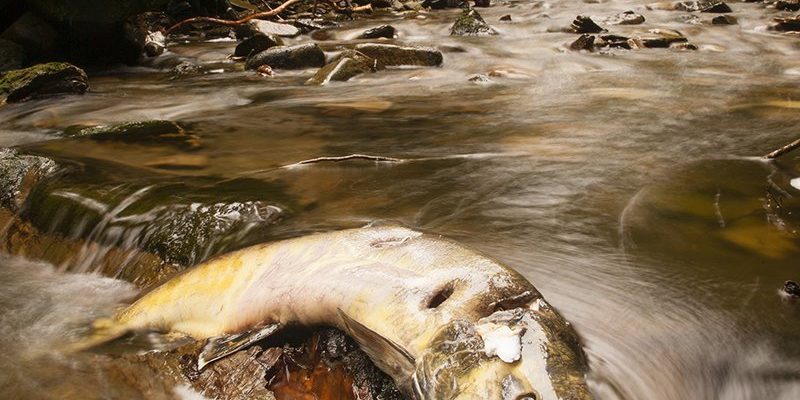
To understand how salmon raise their young, let’s imagine a great big family reunion. Just like humans, salmon have their own traditions and ways of ensuring their offspring grow up healthy and strong. Their journey begins in freshwater streams and rivers, where the first chapter of their life takes place. You might find it surprising how much work goes into raising little salmon, and it’s not just about having the right environment. Let me explain how these fish navigate the ups and downs of parenthood in the wild.
The Life Cycle of Salmon
To understand how salmon raise their young, we first need to look at their life cycle. Salmon go through several stages, each critical for their development. It all starts with the egg stage. Female salmon lay thousands of eggs in gravel nests called redds. They carefully choose their locations, usually in clean, cold waters where the eggs can develop safely.
After laying the eggs, the female will use her tail to cover them with gravel. This action not only protects the eggs from predators but also keeps them oxygenated. Depending on the species, these eggs can take anywhere from a few weeks to several months to hatch. Once the baby salmon, known as alevins, hatch, they still rely on the yolk sac attached to them for nourishment. This is like having a built-in lunch box while they adapt to their new world.
Interestingly, salmon parents don’t hang around to raise their young. After laying and fertilizing the eggs, the adults return to the ocean, leaving the little ones on their own. Unlike many mammals, salmon don’t provide direct care after reproduction. Instead, their efforts are geared toward creating an environment where their eggs can thrive until they hatch.
You might be wondering: how do the young salmon survive without their parents? Well, they are equipped with skills from the moment they hatch. They become little survivors, using their natural instincts to find food and avoid predators. It’s a tough world for these young fish, but they have a fighting chance thanks to the preparation their parents did before they swam away.
Once the alevins have absorbed their yolk sacs, they transition into a stage called fry. This is a crucial time because the fry begin leaving the gravel beds and venturing into the world. They start to swim around and forage for food, which includes insects, small crustaceans, and algae. This stage is like learning to walk for a human baby—it’s all about exploration and building confidence.
As they grow, fry often gather in groups called schools. This social behavior serves an important purpose: safety in numbers. By sticking together, they can better protect themselves from larger fish and birds looking for a meal. You could think of these schools as little communities where they learn from one another and share resources until they are strong enough to survive on their own.
Freshwater habitats play a vital role during the fry stage. Clean, well-oxygenated rivers are essential for the healthy growth of young salmon. Factors such as water temperature, flow, and quality impact their development significantly.
Pollution or habitat degradation can be disastrous for young salmon. Think of it like a cozy home that’s suddenly filled with smoke—no one could thrive in that environment. Conservation efforts are crucial in maintaining these habitats, ensuring future generations of salmon can safely grow and flourish.
After spending time in freshwater, the young salmon undergo another transformation, becoming smolts. This is when they start preparing to move to the ocean, adjusting to saltwater through a fascinating process called osmoregulation. It’s like training for a marathon; they must build the stamina and adaptability needed for the big leap into ocean life.
During this migration, smolts face a host of challenges. They journey downstream, navigating currents and avoiding predators. This part of their life is a real test of their skills. Some make it, while others fall victim to the harsh realities of nature. It’s all part of the cycle of life.
Once they reach the ocean, salmon will undergo quite a transformation, growing rapidly and adapting to their new surroundings. Here, they encounter various species and learn to hunt for bigger prey. This is a significant shift from their time in freshwater. The ocean is a vast, mysterious place filled with new challenges.
Interestingly, salmon have a remarkable ability to return to the same rivers and streams where they were born after a few years in the ocean. This homing instinct is incredibly strong and is a vital part of their life cycle. It’s like having an internal GPS that guides them back home, where everything began.
After spending several years in the ocean, adult salmon make their way back to freshwater to spawn. This is the climax of their life journey. The instinct to return is deeply rooted, and they navigate their way upstream against strong currents, dodging obstacles and predators all along the way.
Once they reach their spawning grounds, it’s time to begin the cycle all over again. The female will create new redds, and the male will fertilize the eggs, ensuring their legacy continues. It’s a breathtaking journey that showcases not just survival but the resilience of nature.
The life cycle of salmon is important not only for the species itself but also for the ecosystem. As salmon move between freshwater and saltwater, they help transfer nutrients, supporting a variety of wildlife along the way. Their spawning activities enrich river systems, providing food for many creatures.
Moreover, salmon are a key resource for many communities, providing food, culture, and economic opportunities. Understanding their journey offers insight into the delicate balance of our ecosystems and the importance of preserving natural habitats.
With all the challenges young salmon face, conservation efforts are critical in ensuring their survival. Many organizations work tirelessly to protect freshwater habitats and mitigate the impacts of pollution and habitat loss. This includes restoring river banks and implementing sustainable fishing practices.
Local communities play a role too. By raising awareness and participating in clean-up efforts, we can help keep our rivers healthy. Each little bit counts when it comes to preserving the incredible journey of salmon.
Looking ahead, the future of salmon populations is a mixed bag. While some species are thriving, others are struggling due to climate change and habitat destruction.
It’s essential to advocate for sustainable practices and make conscious choices to protect these remarkable fish. Supporting organizations that focus on conservation can help ensure that future generations will witness the incredible journey of salmon raising their young in the wild.
In conclusion, the way salmon raise their young is a beautiful and complex process that showcases the resilience and adaptability of nature. It’s not just a biological miracle; it’s a reminder of our connection to the natural world. As we continue to learn about these fascinating fish, let’s do our part to ensure their survival for years to come. By understanding their journey, we can better appreciate the rich tapestry of life that surrounds us.

